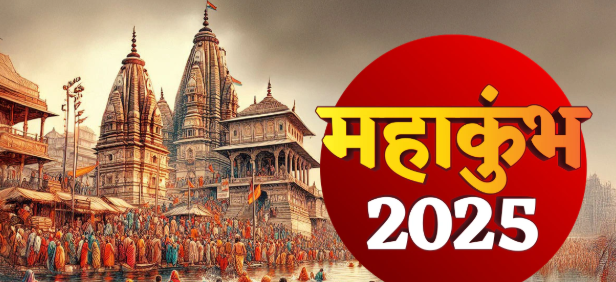Ellora Temple: A Timeless Marvel of Indian Art, Faith & Architecture

The Ellora Caves —located near Aurangabad in Maharashtra —stand as one of India’s greatest architectural wonders. Recognized as a UNESCO World Heritage Site , Ellora is not just a group of caves; it is a living testament to India's rich cultural harmony, spiritual depth, and exceptional craftsmanship. Spread across 34 monasteries and temples , Ellora was built between the 6th and 10th centuries. What makes Ellora truly extraordinary is that Hindu, Buddhist, and Jain monuments exist side-by-side here, symbolizing centuries of peaceful coexistence 🌄 A Brief History of Ellora Ellora flourished under the patronage of various dynasties, mainly the Rashtrakutas and Chalukyas . Instead of constructing buildings brick by brick, ancient craftsmen carved massive cliffs vertically—from top to bottom. This technique required precise planning, engineering mastery, and incredible devotion. The caves are divided into three groups: Caves 1–12 : Buddhist Caves 13–29 : Hindu Cav...





